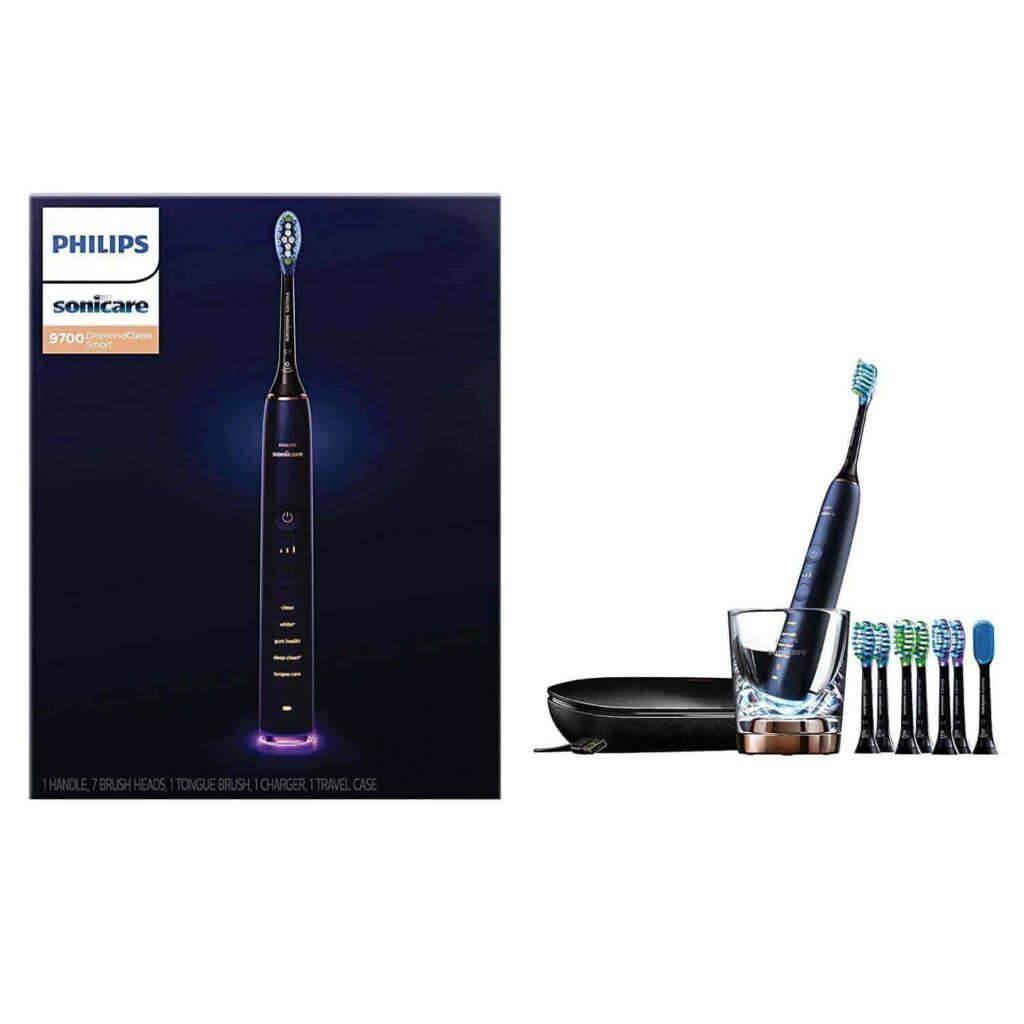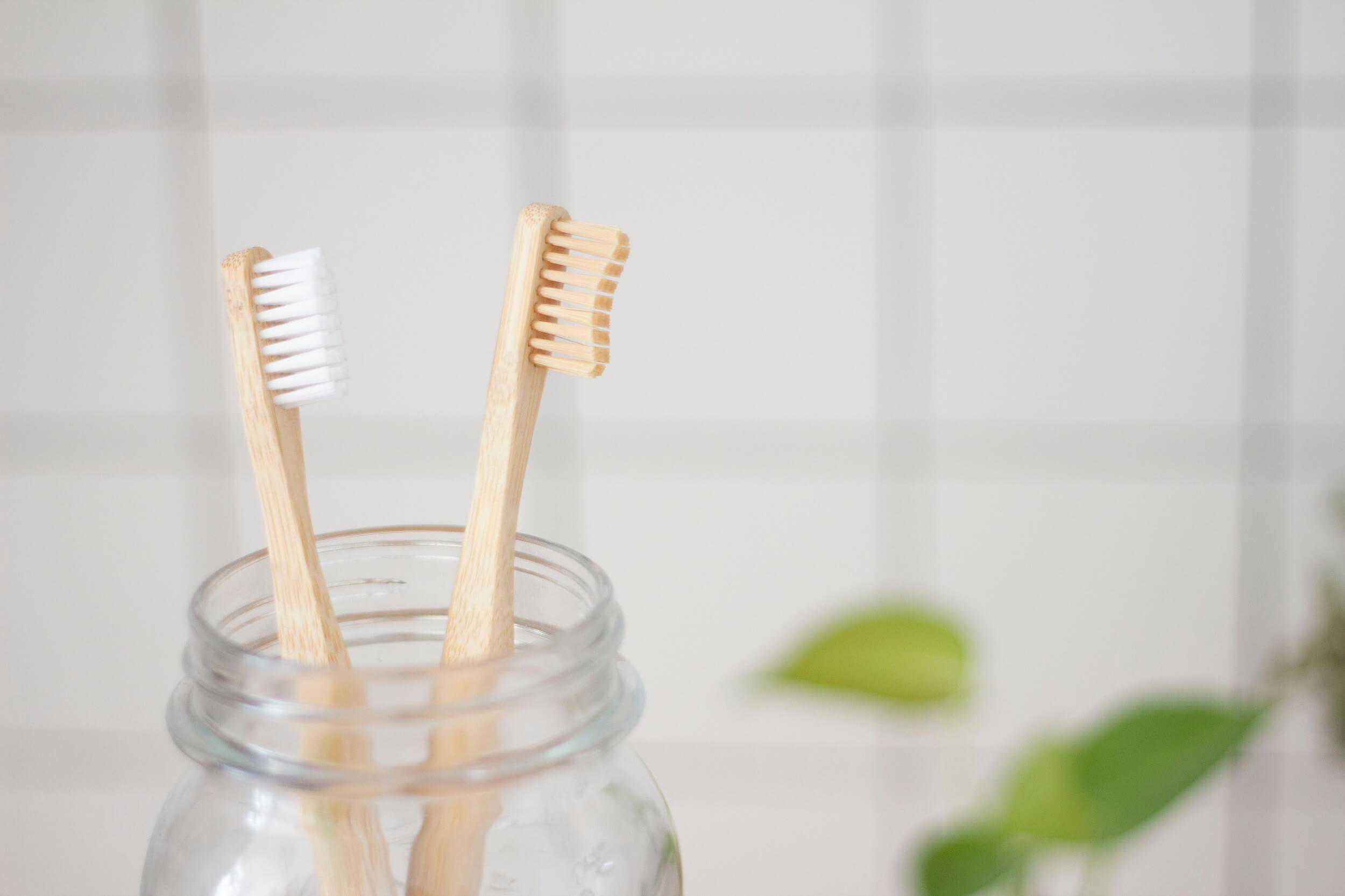Since we were kids, we’ve been told to brush our teeth twice a day. Those who do not obey this instruction will face many problems in the future, such as tooth decay, destruction of enamel, bleeding gums and so on. But the condition and health of teeth depends not only on the frequency of brushing, but also on the brush used. Today we will tell you how to choose a toothbrush.
1. Stiffness
One of the main parameters of a toothbrush is its stiffness. They are divided into medium-strength brushes and soft brushes. The former are suitable for most people; the latter are designed for those who have high sensitivity of teeth and gums. Soft brushes are more gentle on enamel, but you will need more care to clean your teeth, because soft bristles are less effective in plaque cleaning. There are tips for using brushes with stiff bristles to clean dentures or implants, but we do not recommend doing so because stiff bristles can damage your own teeth or the implant.
2. The shape of the stubble and its density
It is best that the bristles are rounded at the ends, which will make cleaning more gentle and reduce the risk of damage to the enamel and gums. The denser the bristles, the better the brush will clean your teeth. Cross-bristles and rubber bristles are marketing moves by some manual brush manufacturers, and in reality, do not affect the quality of brushing.
3. Stubble height
There are brushes with one, two, three or more levels of bristle beam height. The more different levels of bristles in a brush, the more qualitatively the intervals between the teeth are cleaned.
4. Stubble material
The bristle should be made of synthetic materials only. Such a brush, unlike a natural bristle brush, does not become a breeding ground for bacteria.
5. Size of a working surface
Choose a toothbrush that can brush 2-3 teeth at a time. If the toothbrush is larger than this size, it will be difficult to brush teeth thoroughly, especially if a person has a narrow jaw. If the brush is smaller, it will take a long time to brush.
6. Toothbrush body
The body of the brush should be anatomically shaped for easier grip and more effective interaction. It is advisable that the body be coated with an anti-slip coating or plastic or rubber ribs to prevent slippage. This is particularly true of electronic brushes, that can vibrate during operation.
7. Waterproofing
It’s about the electronic brushes. The body of the electronic brush must be protected from water and dust if it is to be used for hiking. For domestic use, it is enough to protect the toothbrush from moisture.
If you don’t like the way your regular toothbrush brushes your teeth, or if you just want to switch to a more modern method of cleaning, you can choose the Philips Sonicare DiamondClean 9700 Series toothbrush. Its shape makes brushing easier and provides a comfortable grip. One of the main advantages of the Philips Sonicare DiamondClean 9700 Series toothbrush is its flexibility. The brush allows you to replace your brush heads depending on the goal you want to achieve: whitening, gum health or deep cleaning for general oral health. Four cleaning modes (“White+”, “Gum Health”, “Deep Clean+” and “Tongue Care”) make brushing even more effective. The Philips Sonicare DiamondClean 9700 Series toothbrush is programmed for standard 2 minute brushing session and signals every 15 seconds to let you know its time to change your brushing zone. It can be also connected to your smartphone via Bluetooth in order to enhance your experience even further. Toothbrush includes replaceable brush head for each mode (whitening, deep clean and tongue care), sleek decorative glass cup for wireless charging, and travel case which allows you to charge the brush via USB.

Sonicare 9700
As of today Philips Sonicare DiamondClean 9700 Series is available on amazon for 273.95$



